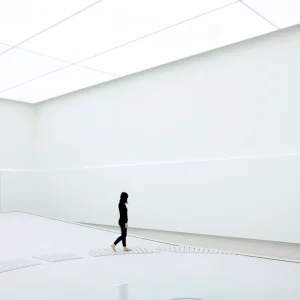The report contains 59 recommendations made by AIA’s 21st century Embassy Task Force, a collaboration of more than 50 leading architects, engineers, landscape architects, ambassadors, diplomats, foreign service personnel, public art experts, and art and architectural historians.
The purpose of the study is to provide more secure, safer, more functional and better-maintained facilities for American personnel who serve the US government in foreign countries.
The report sketches guidelines for the state departments on building and designing US embassies. The report says that integrating security and design excellence provides a blueprint for creating high-performance buildings. Design excellence encompasses safety and security, along with aesthetics, energy efficiency, sustainability, flexibility of functions and work spaces, accessibility, historic preservation and user productivity.
The report recommends evaluating the current embassy design program, which was implemented after the 1998 attacks on US embassies in East Africa to improve security and expedite the construction of new facilities with a standard design that could be replicated anywhere in the world.
Some of the recommendations include, developing a program that integrates security and design excellence for new embassies, integrating sustainable best practices across all new facilities, allocating resources for public art in embassies and so on.





